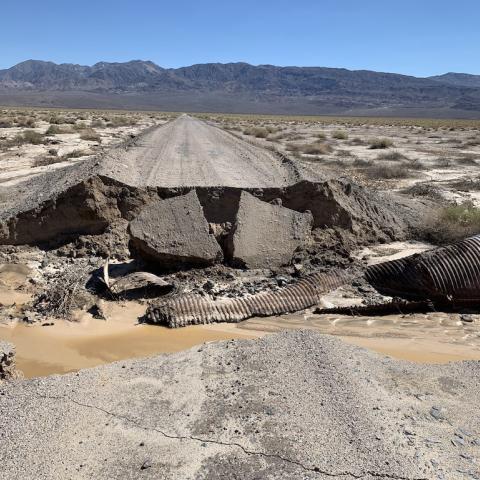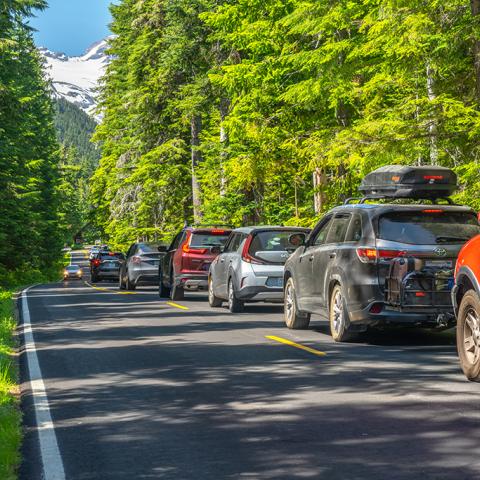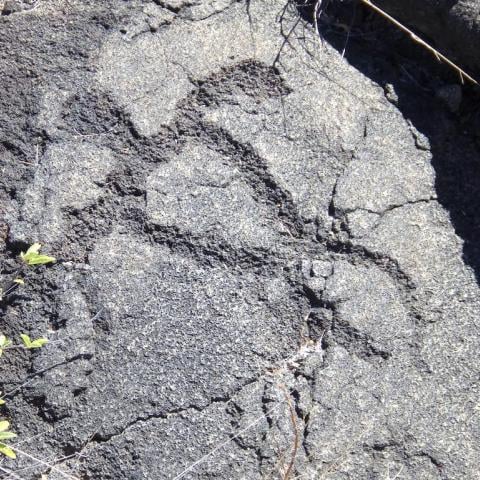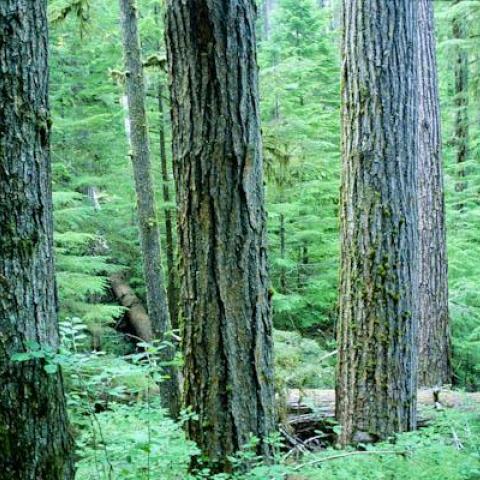Op-Ed | National Park Service Ignoring Plight Of Cumberland Island Horses

The National Park Service's inaction is devastating to the wild horses of Cumberland Island. Abandoned and left to struggle, these animals endure immense suffering due to lack of food, fresh water, and veterinary care. This video exposes the neglect and explores the recent lawsuit against the State of Georgia and the National Park Service, which was shockingly dismissed despite acknowledging both the horses' suffering and their negative impact on the island's resources.
- By Kurt Repanshek - January 3rd, 2025 4:57pm














